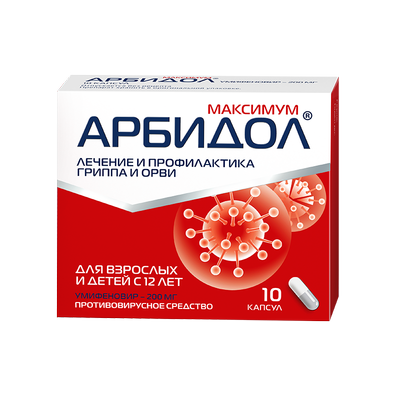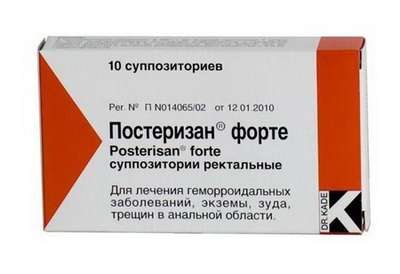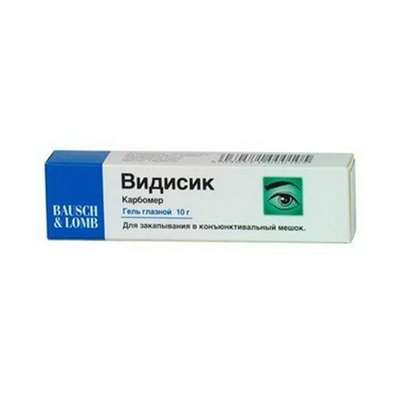Instruction for use: Doxepin
I want this, give me price
Dosage form: capsules
Active substance: Doxepin*
Pharmacological group:
Antidepressants
The nosological classification (ICD-10)
F10.2 Syndrome of alcohol dependence: Dipsomania; Drunken drunkenness; Dependence on alcohol; Psycho-organic syndrome in chronic alcoholism; Alcoholism; Alcohol addiction; Drunken state; Alcohol abuse; Ideator disorder in alcoholism; Obsessive attraction to alcohol; Neurotic symptoms with alcoholism; Pathological attraction to alcohol; Chronic alcoholism; Quarterly drinking; Decreased desire for alcohol
F22 Chronic Delusional Disorders: Delusional Chronic Disorder; Delusional Disorders; Delusional syndrome; Paranoia; Chronic affective-delirious states
F28 Other Inorganic Psychotic Disorders: Affective psychoses; Involutional psychosis; Psychoinstrumental; Psycho senile; Psychic senile; Senile psychosisl; Structural Involutionary Psychosis; Static psychosis
F32 Depressive episode: Adynamic subdepression; Astheno-adynamic subdepressive states; Asthenoadressive disorder; Astheno-depressive disorder; Asthenodepressive state; Astheno-depressive state; Major Depressive Disorder; Vyaloapatichesky depression with retardation; Double Depression; Depressive pseudodement; Depressive illness; Depressive mood disorder; Depressive disorder; Depressive mood disorder; Depressive state; Depressive disorders; Depressive syndrome; Depressive syndrome larviated; Depressive syndrome in psychoses; Depressed masks; Depression; Depression Depletion; Depression with the phenomena of inhibition within the framework of cyclothymia; Depression is smiling; Involutional depression; Involutionary melancholy; Involutional depression; Manic-depressive disorder; Masked Depression; Melancholic Attack; Neurotic depression; Neurotic depression; Shallow Depression; Organic depression; Organic depressive syndrome; Simple depression; Simple melancholic syndrome; Psychogenic depression; Reactive depression; Reactive depression with moderate psychopathological symptoms; Reactive depressive states; Reactive depression; Recurrent depression; Seasonal depressive syndrome; Severostatic depression; Senile Depression; Symptomatic Depression; Somatogenic depression; Cyclotymic depression; Exogenous depression; Endogenous depression; Endogenous Depressive Conditions; Endogenous Depression; Endogenous depressive syndrome
F41.2 Mixed anxiety and depressive disorder: Depression with anxiety-depressive components; Mixed anxiety-depressive conditions; Anxiety Depression; Anxious and depressing mood; Anxiety-depressive state; Anxious-depressive conditions; Anxiety-depressive syndrome; Anxious-Neurotic Conditions
F48 Other neurotic disorders: Neurosis; Neurological diseases; Neurotic disorders; Neurotic condition; Psychoneurosis; Anxious-Neurotic Conditions; Chronic neurotic disorders; Emotional reactive disorders
F51 Sleep disorders of inorganic etiology
Composition and release form
1 capsule contains doxepin 10 or 25 mg; in a blister of 15 pcs., in a box of 2 blisters.
Pharmachologic effect
Mode of action - antidepressive, anxiolytic, sedative.
Inhibits reverse neuronal capture of biogenic amines (noradrenaline, serotonin), blocks central H1 receptors, has cholinolytic and alpha 1-adrenolytic activity.
Pharmacokinetics
Quickly and completely absorbed in the digestive tract. Cmax - after 1-3 hours, the equilibrium concentration (30-150 μg / ml) - after 2 weeks. It penetrates the GEB and the placental barrier into the milk of the nursing mother. Demethylated in the liver to demethylidosepin. T1 / 2 - 8-24 h, demethylidosepin - 33-80 h. It is excreted in the urine in the form of metabolites.
Clinical Pharmacology
Has a mild antidepressant effect (a distinct effect on mood - 10-14 days from the beginning of admission).
Indications for Doxepin
Depressive conditions accompanied by anxiety (in particular, in pre-conception, senile involutionary, reactive and postnatal psychoses, with manic-depressive psychosis), neuroses, sleep disorders of neurotic genesis, light delusional syndromes arising in the treatment of chronic alcoholism.
Contraindications
Hypersensitivity, glaucoma, prostate adenoma, acute myocardial infarction, severe impairment of renal, hepatic and hematopoietic system, children's age (up to 12 years).
Application in pregnancy and lactation
Contraindicated.
Side effects
Headache, dizziness, drowsiness or insomnia, confusion, disorientation, anxiety, excessive sedation, nausea, vomiting, constipation, dry mucous membranes of the oral cavity and nose, tachycardia or bradycardia, muscle tremor, excessive sweating, skin rash, itching.
Interaction
Strengthens the effects of atropine, levodopa, increases the toxicity of barbiturates, morphine and pethidine. The combination with neuroleptics requires a 50% dose reduction, with lithium - can cause a severe pernicious neurotic syndrome. Ethanol increases sedative activity.
Dosing and Administration
Inside. The initial dose is 10-25 mg per day 3 times a day; with moderate and severe neurotic conditions - up to 150 mg per day (maximum daily dose - 300 mg); children over 12 years of age - 0.5 mg / kg per day.
Precautionary measures
Do not use with MAO inhibitors (should be canceled in 2-3 weeks), sulphoprid, chlorpromazine, quinidine, with caution - with glycosides of digitalis and baclofen. During treatment, you can not drive vehicles or work with moving machinery. With caution apply in the elderly, depleted, with severe diseases of the cardiovascular system.
Storage conditions for Doxepin
In a dry place, at room temperature.
Keep out of the reach of children.
Shelf life of Doxepin
4 years.
Do not use after the expiry date printed on the package.

 Cart
Cart





